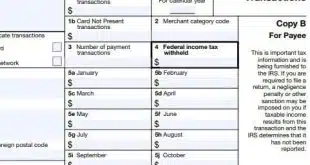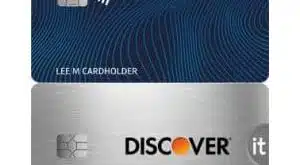The latest forecast for mobile payments at the point of sale echoes what many other studies have said, which is that current volume is minuscule. But a convergence of forces, including mobile wallets coming preloaded with more and more smart phones and more point-of-sale terminals being able to accept new forms of payment thanks to EMV, could lead to a 24-fold increase in mobile charge volume by 2019, according to market-research firm eMarketer Inc.
Another researcher, however, documented slow growth in Apple Pay, the mobile-payments service with the highest profile.
New York City-based eMarketer estimates that so-called mobile proximity payments will total $8.7 billion this year. But by 2019, proximity payments will have exploded to $210.5 billion, eMarketer analyst Bryan Yeager told an audience at the Money 20/20 conference Monday in Las Vegas.
Yeager attributes the predicted growth to several factors, two of which are the ongoing growth of the smart-phone market and the growing practice of pre-loading mobile wallets on new phones. That practice started in a big way last year with Apple Inc.’s launch of its Apple Pay service along with the introduction of its new iPhone 6 models. Now many phones running Google Inc.’s Android operating system will be coming preloaded with the Android Pay wallet, and certain Samsung devices will come with the pending Samsung Pay app.
“Mobile wallets are becoming a standard feature of smart phones,” said Yeager.
EMarketer’s forecast draws on the company’s own research as well as aggregated findings from other studies. The company defines proximity payments somewhat narrowly as those from consumers aged 14 and up using a smart phone to pay for a point-of-sale purchase. The definition excludes purchases of digital goods, goods to be picked up later, transactions from tablets, and peer-to-peer payments.
Another force driving mobile payments is EMV, according to Yeager. As more old POS terminals are replaced with ones that can read EMV chip cards, mobile payments will benefit because most of the new terminals also can process transactions using near-field communication (NFC), the core technology behind the new wallets. Citing numbers from Omaha, Neb.-based consultancy The Strawhecker Group, he said that 90% of U.S. merchant locations should have chip card terminals by 2017 compared with only 27% currently.
“That’s really going to be driving re-terminalization,” Yeager said of the Oct. 1 U.S. EMV liability shift.
Wider merchant acceptance also could spur Americans to use mobile payments for more expensive purchases beyond their current small-ticket niche. That change will help drive the average annual spend per mobile-payment user from $376 this year to $721 next year, according to eMarketer.
While the overall future of mobile payments may be bright, Apple’s much-ballyhooed Apple Pay, now a year old, has grown only slowly after a fast start, according to another researcher who spoke after Yeager. Eleven percent of households with general-purpose credit or debit cards that market-research firm Phoenix Marketing International surveyed in February reported having linked a credit or debit card to the Apple Pay service, said Greg Weed, director of card marketing research at the Rhinebeck, N.Y.-based PMI.
In July, the adoption rate stood at 13% and in September it had edged up slightly to 14%. “The growth rate is slowing down,” Weed said.
PMI’s results are based on surveys of 3,000 household financial decision makers in each of those months. About 90% of those that have linked a payment method to Apple Pay, however, have gone on to use it, Weed said. Usage varies by age group, with younger adults, the so-called Millennials and GenXers, being the most enthusiastic and older Baby Boomers less so.
The “friction” holding back Apple Pay usage isn’t much different from it was a year ago, according to Weed, and includes a need for reminders to consumers about what the service can do, as well as low merchant acceptance. Many consumers believe Apple Pay is accepted at more places than it actually is, he said.





